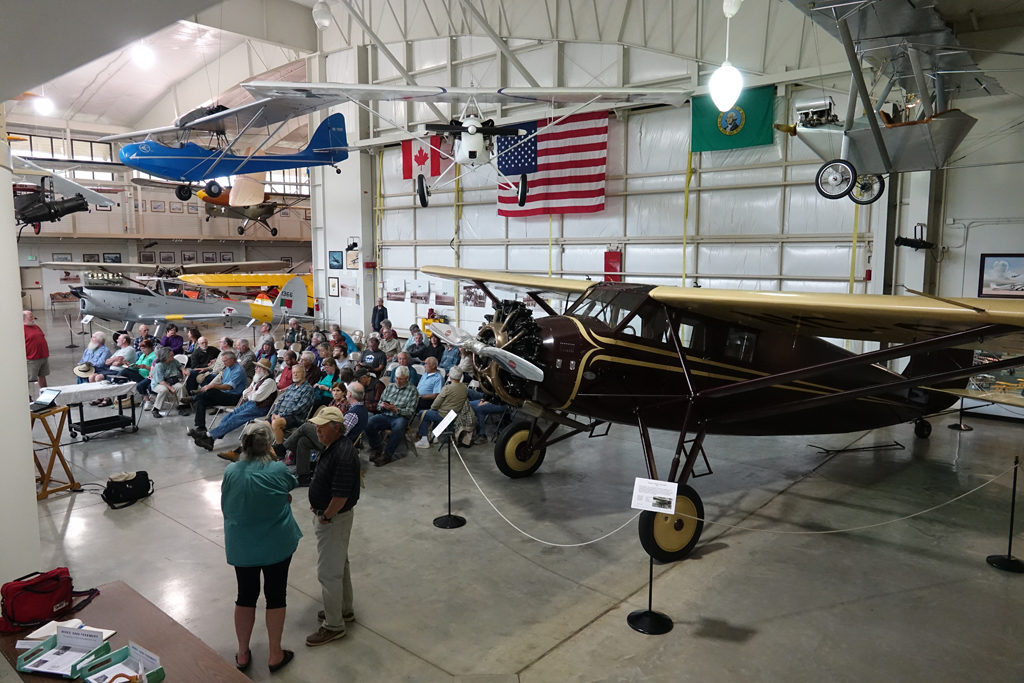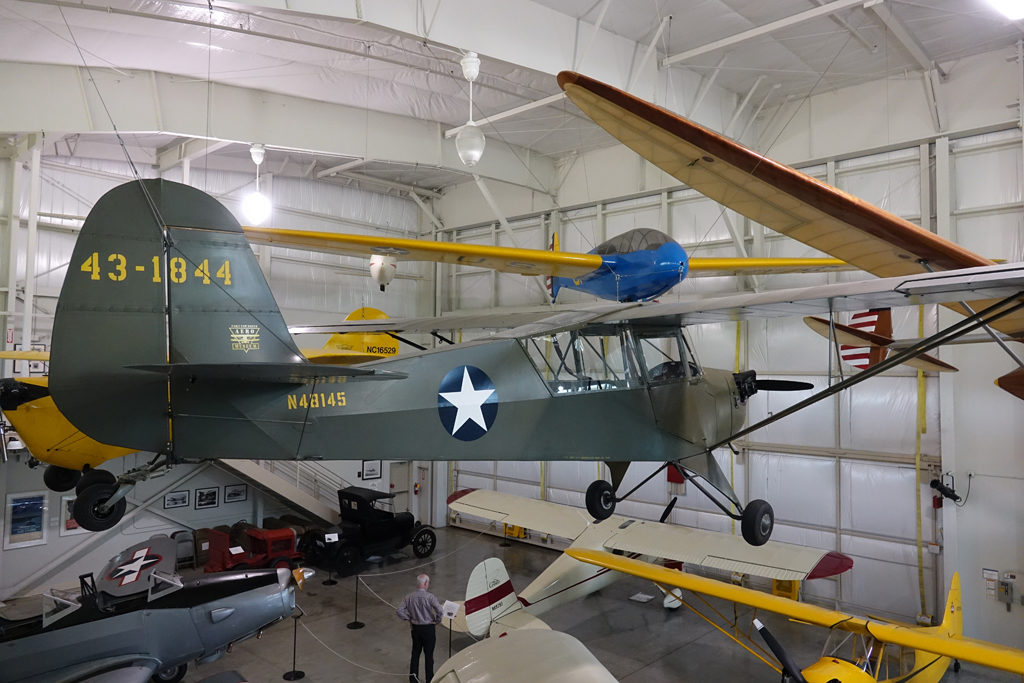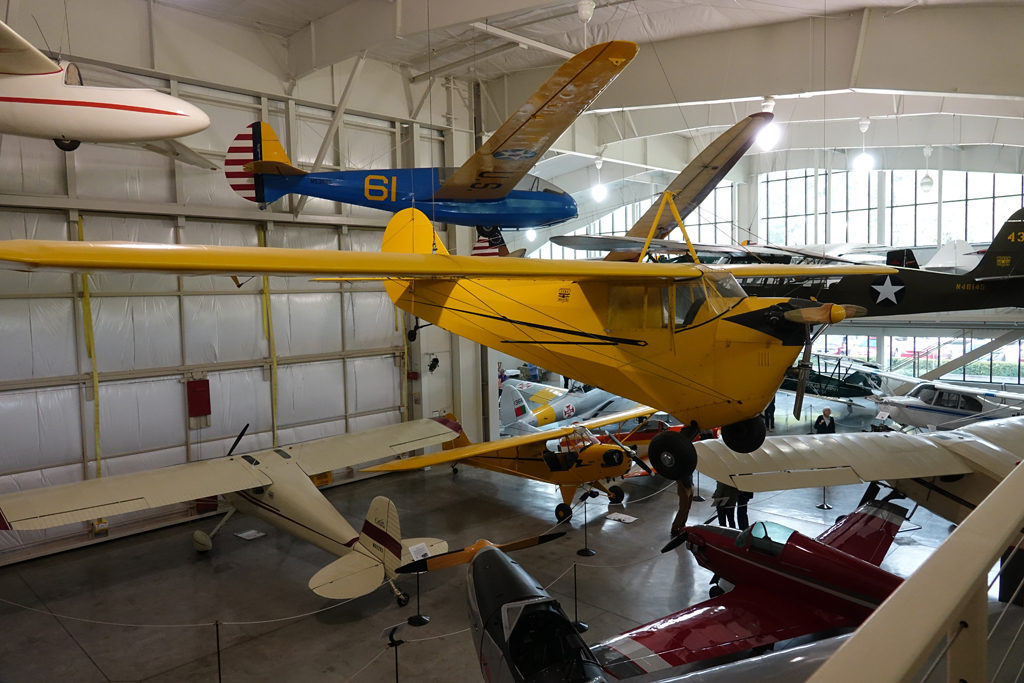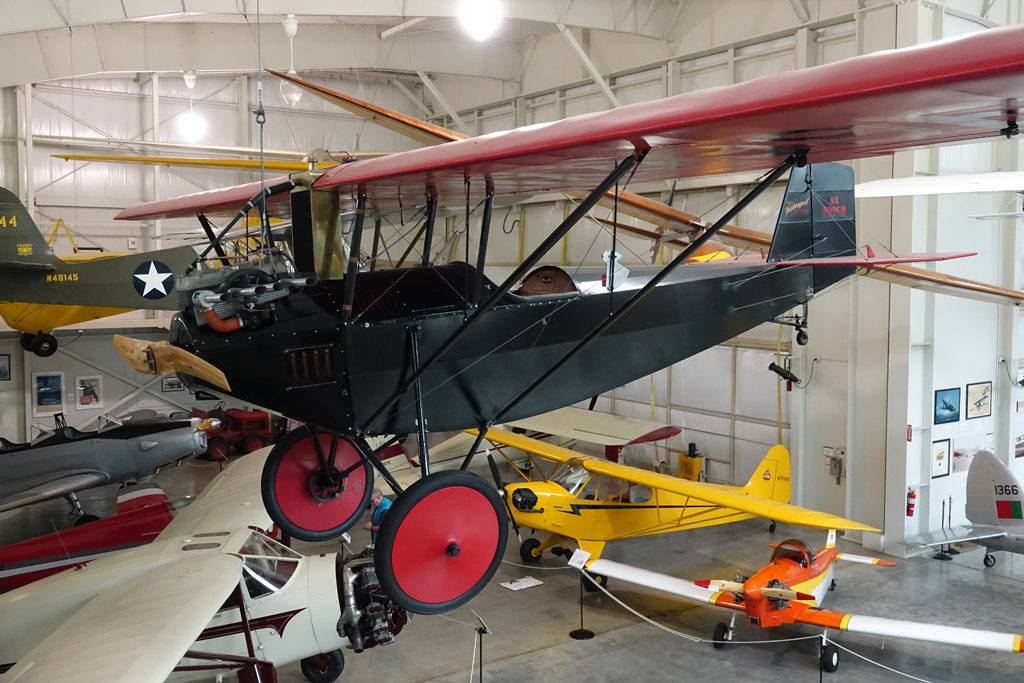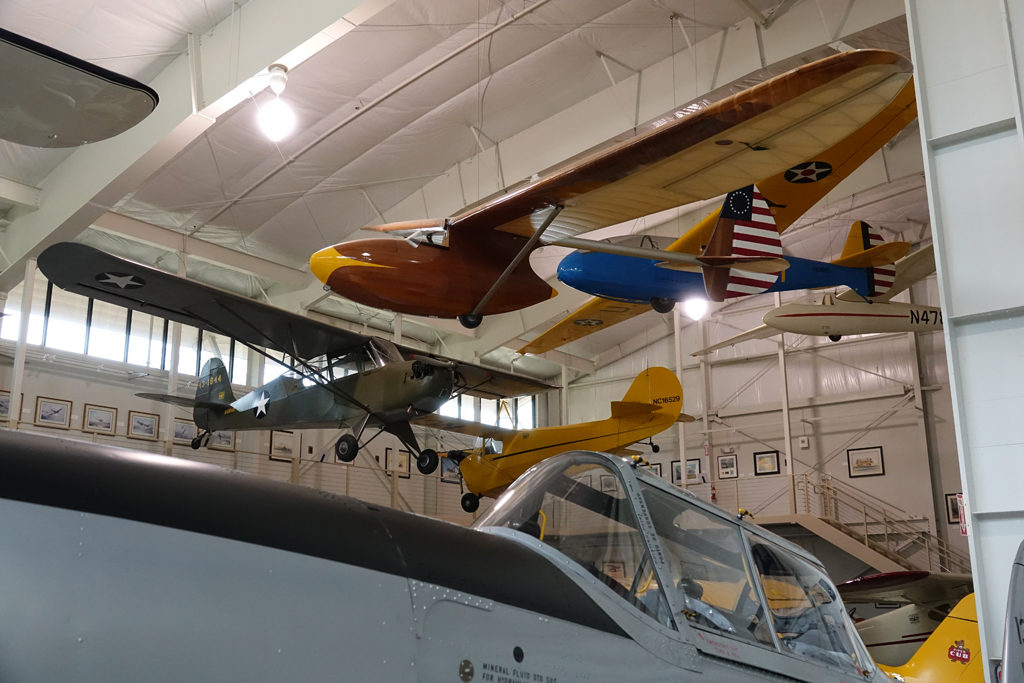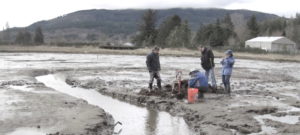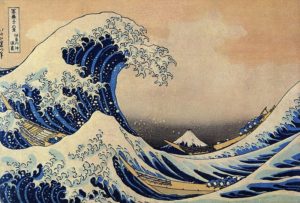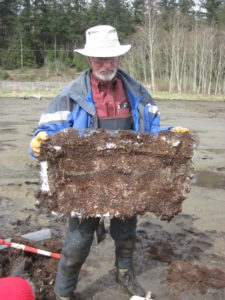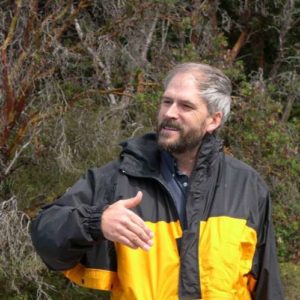
Hugh was a geologist with the Shorelands Program at the Washington Department of Ecology since 1989 but retired in 2019 after 30 years. His interests include coastal erosion, geologic hazards, and the environmental impacts of shoreline modifications. Hugh grew up near the coast of Maine but moved to the Puget Sound region in 1983. (Updated Oct. 2021)
Here is his bio from Sound Waters University 2018:
Hugh has been a Coastal Geologist with the Shorelands and Environmental Assistance program of the Washington Department of Ecology since 1989. He works all over Puget Sound and is interested in coastal erosion, geologic hazards, beach restoration, and the environmental impacts of shoreline modification. He provides technical assistance to state and local agencies, conducts trainings and educational workshops, and participates on a variety of advisory groups.
Hugh received a BA in Earth Sciences and Engineering from Dartmouth in 1981 and an MS in Geological Sciences from the University of Washington in 1986. He grew up near the coast of Maine, but moved to the Salish Sea in 1983.
In his spare time, Hugh blogs about shoreline geology at his “Gravel Beach” website: http://gravelbeach.blogspot.com

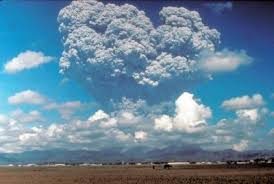
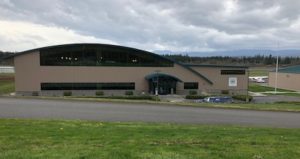 Meeting Location
Meeting Location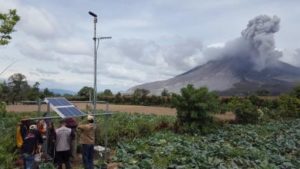 A telemetered, solar-powered scanning spectrometer was installed in 2016 at Sinabung Volcano in Sumatra, Indonesia. It measures sulfur dioxide gas emissions, which helps forecast volcanic activity. This is one of many activities sponsored by VDAP.
A telemetered, solar-powered scanning spectrometer was installed in 2016 at Sinabung Volcano in Sumatra, Indonesia. It measures sulfur dioxide gas emissions, which helps forecast volcanic activity. This is one of many activities sponsored by VDAP.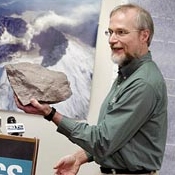 John Pallister is a recently retired Senior Reseach Geologist at the U.S. Geological Survey in Vancouver, WA. John has a long, varied and distinguished career, most recently as coordinator for the USGS’s VDAP program. VDAP is the Volcanic Disaster Assistance Program, an international project to monitor volcanic eruptions around the world.
John Pallister is a recently retired Senior Reseach Geologist at the U.S. Geological Survey in Vancouver, WA. John has a long, varied and distinguished career, most recently as coordinator for the USGS’s VDAP program. VDAP is the Volcanic Disaster Assistance Program, an international project to monitor volcanic eruptions around the world.